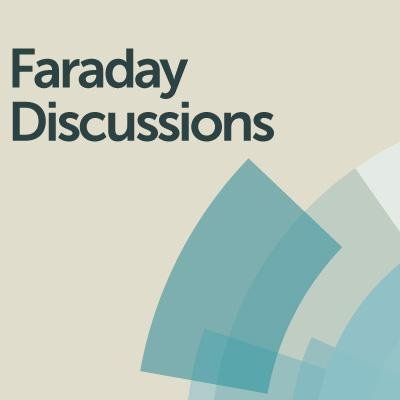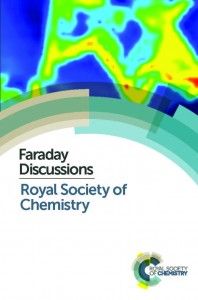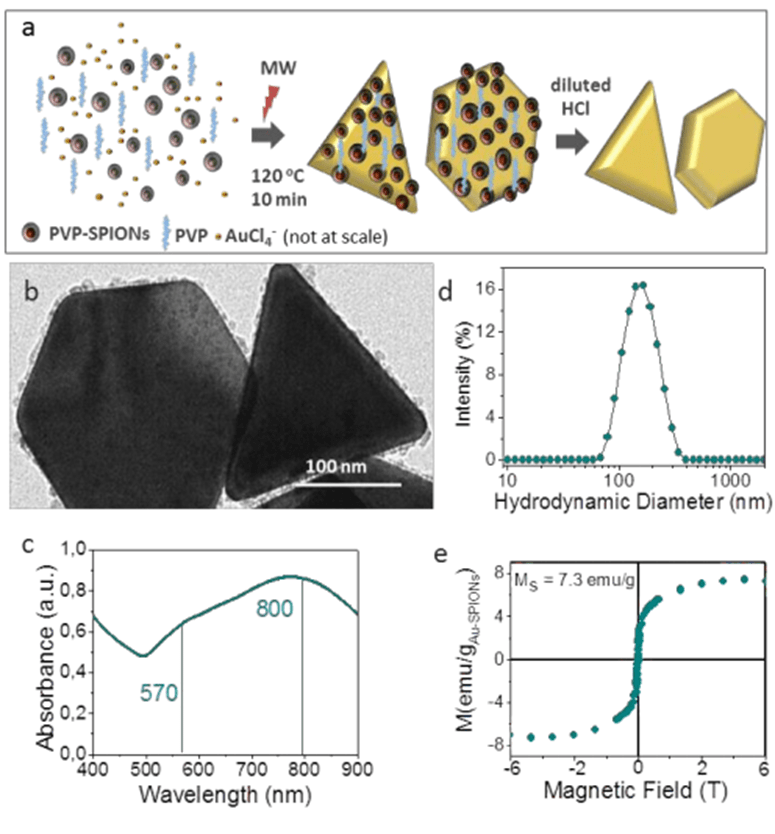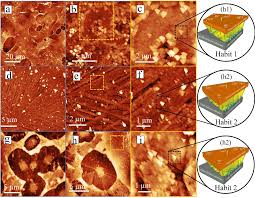Anna Roig at the Faraday Discussions Conference in Glasgow
 Anna Roig will present the work “Gold nanotriangles decorated with superparamagnetic iron oxide nanoparticles: a compositional and microstructural study” (Jordan A. Hachtel, Siming Yu, Andrew R. Lupini, Sokrates T. Pantelides, Marti Gich, Anna Laromaine and Anna Roig) at the Faraday Discussions Conference: Nanoparticles with Morphological and Functional Anisotropy.
Anna Roig will present the work “Gold nanotriangles decorated with superparamagnetic iron oxide nanoparticles: a compositional and microstructural study” (Jordan A. Hachtel, Siming Yu, Andrew R. Lupini, Sokrates T. Pantelides, Marti Gich, Anna Laromaine and Anna Roig) at the Faraday Discussions Conference: Nanoparticles with Morphological and Functional Anisotropy.
The Faraday Discussions Conference will take place in Glasgow, from July 4th-6th. The program of the event is found here. Speakers at the conference include:
-
Catherine J. Murphy, University of Illinois, United States
-
Younan Xia, Georgia Institute of Technology, United States
-
Eugenia Kumacheva, University of Toronto , Canada
-
Nicholas A. Kotov, University of Michigan, United States
-
Bernie Binks, University of Hull, United Kingdom
-
Steve Granick, IBS Center for Soft and Living Matter, South Korea
-
Jan Vermant, ETH Zurich, Czech Republic
-
Irene Yarovsky, RMIT University, Australia
-
Clement Sanchez, College de France, UPMC, CNRS, France
It is a great opportunity to discuss this work and other related topics with some of the top scientists on this field! We hope Anna brings back some new ideas to the N&N Group!



 We are very happy to announce that the manuscript “
We are very happy to announce that the manuscript “

